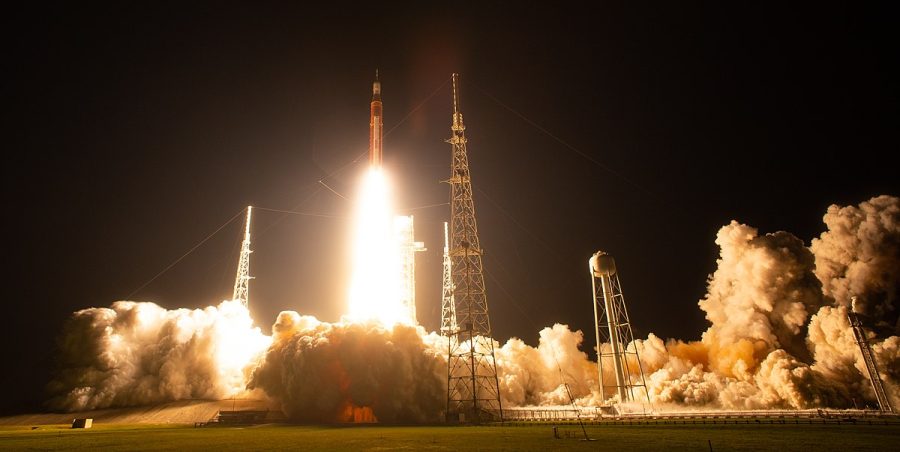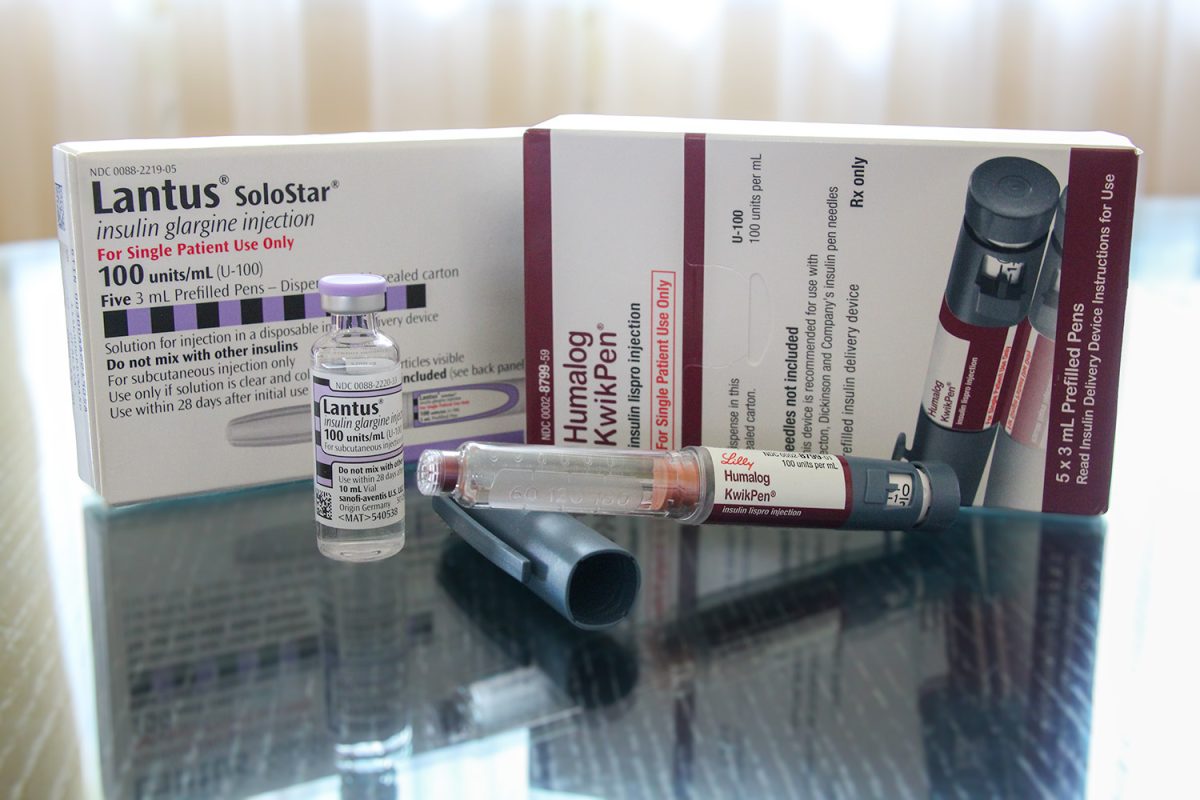Fifty years ago, the National Aeronautics and Space Administration (NASA) landed a man on the moon. In 2023, they are trying to replicate their earlier success by doing the same thing.
While NASA is working on getting back onto the moon, private companies like Elon Musk’s SpaceX are vying to get to Mars, an accomplishment far beyond NASA’s current ambitions.
NASA innovated the most in the 1960s. Ex-president John F. Kennedy announced in 1961 that he would set NASA a grandiose goal to get to the moon by the end of the decade. In response, NASA innovated more than ever, finding ways for astronauts to stand the pressures of outer space.
Space exploration came with many obstacles. Among those are a lack of gravity and oxygen, radiation, and surviving in a closed environment. NASA then had to invent ways to get around these obstacles. According to NASA, some inventions from the Apollo missions include hazard suits, retractable roofs, and improved shock absorption for footwear.
People utilized many other technologies from the Apollo missions for everyday use. These uses include food safety processes, digital flight controls, and rechargeable hearing aids.
NASA created notable inventions after the moon landing, including the Hubble Space Telescope and the James Webb Telescope. These telescopes have provided us with photos of space that seemed like fiction, but these places are inaccessible to humans for the foreseeable future. For now, NASA should focus on making space exploration more efficient and cost-effective.
In addition, NASA helped build the International Space Station (ISS), allowing NASA to collaborate with others on a world scale. The ISS has also served as a home for astronauts who live and work in space.
These inventions have helped NASA discover new things and collaborate with other countries, but they are the only significant advancements in the past 50 years. NASA managed to accomplish more in one decade than it did in five. If NASA didn’t get complacent, it could have achieved far more than it has today.
To this day, NASA flaunts the glory days of the 1960s while failing to expand beyond what it did in the past. NASA’s current goals should be far beyond a second moon landing, such as getting humans to Mars or establishing space civilizations.
Money is often a significant factor in what an organization can achieve. According to the Our World in Data (a initiative of the Oxford Martin School), NASA’s funding peaked in the 1960s, when they were funded over $30 billion adjusted for inflation. However, they are still being funded with plenty of resources today, with NASA receiving $24.8 billion in 2022.
Excluding the spike in funding during the 1960s, the government still gives NASA ample funds to innovate and advance space exploration. However, most of NASA’s money is not advancing technology and pushing the boundary on what is humanly possible.
Elon Musk and SpaceX not only want to get humans to Mars but also want to establish a civilization in extraterrestrial habitats. They are achieving this with far less funding too. According to Reuters, SpaceX is raising $750 million, a far cry from NASA’s $24.8 billion.
SpaceX has followed up on its ambitions, creating the Falcon 9 rocket that can do more than one flight into space. Multiple flights for one rocket saves a lot of money, as rockets take time and monetary assets to build.
According to NASA’s 2022 Strategic Plan, their main goals are getting back to the moon, advancing technology on the ISS, and enhancing commercial air transportation. These goals show that NASA primarily does not intend to reach new frontiers but to build on what they have already achieved. NASA does not show the same ambition as it did in the 1960s when Kennedy promised a moon landing.
When NASA was under pressure to accomplish incredible feats, they delivered. Now, they are no longer under that same pressure.
Because of that, their innovation rate has slowed down considerably, and they are trying to recreate what they did 50 years ago. Private companies are catching up to NASA with far less funding, and they are catching up fast.













